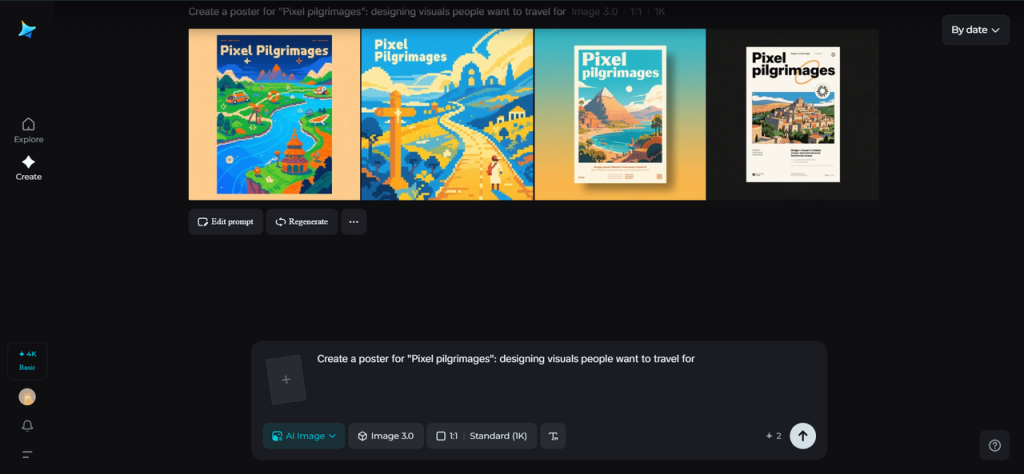Step into any airport, shopping mall, or corporate lobby today and you’ll see more than screens. You’ll see silent storytellers, shaping behavior, guiding flows, and influencing decisions in ways people don’t consciously register. That’s why conversations around digital signage trends 2025 are more than industry chatter; they are predictions of how brands, institutions, and cities will communicate with people in the physical world.
From Passive Display to Active Dialogue
The days of looping PowerPoint slides on giant monitors are over. Displays are shifting from being passive billboards to becoming active participants. Motion sensors, AI-driven recommendations, and contextual triggers allow content to change in real time. Imagine walking through a retail store: the screen doesn’t just show shoes—it notices the demographics of passing shoppers, adapts messaging instantly, and even connects directly to mobile devices for seamless product exploration.
Hyperlocal, Hyperpersonal
Brands once thought broadcasting was enough. Blast the same message across a thousand screens and hope someone bites. But the real game is local, personal, and dynamic. A coffee shop chain could display morning promotions near office hubs while shifting to late-night specials in entertainment districts. A transit station could adjust ads based not only on time of day but also weather conditions or crowd density.
The Green Screen Revolution
Sustainability isn’t an afterthought anymore. As screens multiply, so do energy bills and environmental questions. The next wave focuses on eco-conscious hardware and smarter software. LED efficiency, solar-powered installations, and intelligent scheduling systems reduce both cost and carbon footprints.
For organizations, the benefit is twofold: lowering environmental impact while also making green practices visible to consumers who demand responsibility. A screen that dims during low-traffic hours or runs on renewable energy isn’t just a display—it’s a statement.
Integration with Everyday Systems
Another shift: signage will no longer exist in isolation. It will plug directly into enterprise systems—ERP, CRM, and e-commerce backends. A digital menu board will update the moment stock levels change. A corporate lobby screen will pull live updates from HR tools. An event venue will sync schedules and capacity data automatically.
This tight integration means signage becomes part of the operational nervous system, not just the marketing department’s toy. It’s where communication, logistics, and customer experience converge.
Designing for Emotion, Not Just Attention
Ultimately, technology alone isn’t enough. A screen that changes content or responds to a QR code is impressive for a moment, but emotion lingers longer. In 2025, the winners will be those who design experiences that surprise, delight, and connect. Digital art installations, immersive storytelling, or screens that react playfully to gestures will redefine how people feel about physical spaces.
The formula is simple: attention can be bought, but emotion has to be earned.
Final Word
Digital signage is no longer decoration—it’s infrastructure, culture, and narrative rolled into one glowing surface. As 2025 approaches, expect screens to think, to adapt, and to belong deeply to the spaces they inhabit. The organizations that see them as more than “big TVs on the wall” will lead the way, turning every encounter into a conversation worth remembering.




















